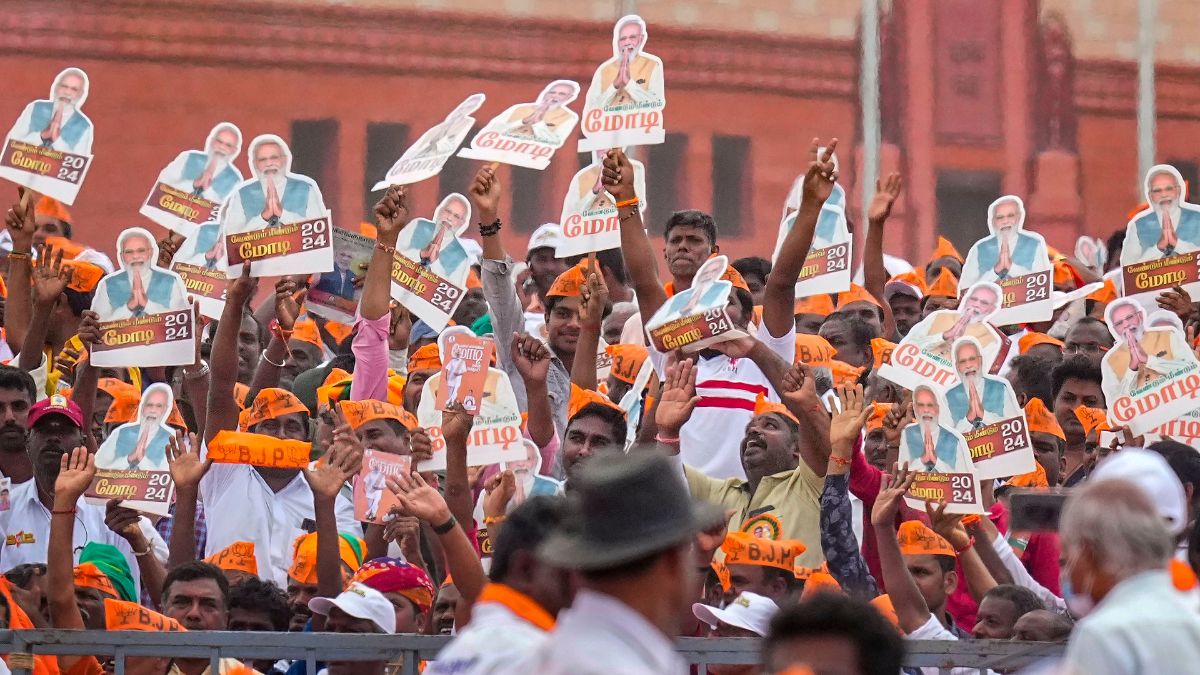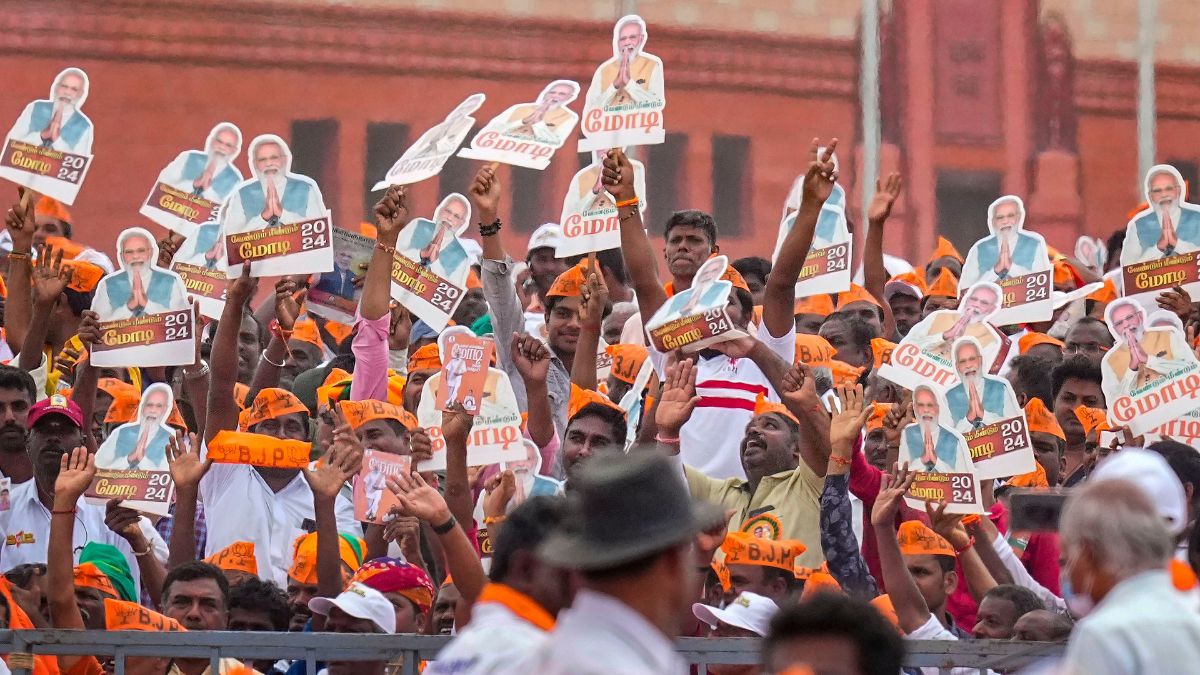The village of Ningli, mainly inhabited by fishermen, along the Wular Lake in volatile town of Sopore in north Kashmir, is at peace these days. In April 2012, this fragile peace was broken by the thud of a falling bund, when militants allegedly lobbed a grenades at different construction site, where more than two hundred migrant labourers had been working for the construction of a bund- dredging and filling up empty cement bags and filling up one side of river Jhelum, which flows through India and Pakistan.
The spot where the bund was under construction is at the mouth of the Wular Lake — here, the Jammu and Kashmir government had started, decades ago, construction of a 439-feet-long and 40-feet-wide barrage at the mouth of the Lake to ensure flow of water during the winter.
“Whenever any effort of construction took place someone would come in the dead of the night and lob a grenade. It would make labourers scared and next day the construction would stop,” Abdul Majid Hajam, a fisherman and a resident of the area, told Firstpost.
The leftovers of construction material, an office for the government employs rusted machines and thousands of empty plastic bags are still lying near the proposed bund.
“It is cursed sight. There was lot of construction activity going on in 2012, but after the blasts it stopped. The tourism department wanted to build some thing for the flow of tourists but they couldn’t do it,” Hajam said.
Now, New Delhi is likely to review officially the 1987 suspension decision of the construction on the Tulbul navigation project. Pakistan had raised objection over the construction works on the navigation lock and the then Rajiv Gandhi-led Congress government had suspended the work.
The Minister for Irrigation and Flood Control in Omar Abdullah government, Taj Mohi-ud-Din, said the construction after the 1987 suspension had nothing to do with the Navigation Lock.
“The government at that time was just trying to review Wular Lake to boost tourism in the area. I wish what Modi government is thinking we could do something on those lines, it will benefit the state, but this could also lead to a war between the tow countries,” Taj Mohi-ud-Din, told Firstpost.
New Delhi had in 2012 indicated seeking international arbitration under Indus Waters Treaty, after the failure of the 2012 round of bilateral talks between India and Pakistan over the controversial Tulbul Navigation Lock.
The Jammu and Kashmir government started implementing the project somewhere around 1984, apparently without taking Pakistan into confidence. As Islamabad came to know about the construction at Ningli, on the mouth of Wular Lake, it raised objections. Later, Pakistan’s water experts visited the site and engineers did whatever they could to conceal the happenings from the visiting officials from Islamabad. But in 1987, Jammu and Kashmir was asked to stop executing the project. Though the government did not discard the project, the rise of armed conflict in Kashmir later decimated it as the vested interests took away every piece of steel that was lying around the site and allegedly sold it in the open market.
Farooq Ahmad Shah, a retired chief engineer remembered that it was a beneficial project. The government had already booked an expenditure of Rs 20.15 crore when the work was stopped. Central Public Works Department (CPWD) was executing the project. As CPWD fled from Kashmir, it took the state government many years to shift out the staff it had posted on the site. By March 2005, the government said it had spent Rs 45.50 crore on the staff lying idle as the project costs spiraled to Rs 150 crore. Now it could be much higher.
Pakistan calls the project Wular Barrage and India sticks with the Tulbul Navigation Lock. The project, a 440 ft long structure, involved the construction of a lock on Jhelum with an avowed objective to increase the level of water in the river during lean season (late-October to mid-February).
The Jammu and Kashmir government says the project is aimed at managing water levels of the river in a better fashion during the lean season when the discharge recedes to a mere 2000 cusecs. Fall in the water level by almost one-half prevents routine navigation especially in the 20-km stretch from Wular to Baramulla via Sopore. For navigation a depth of four feet, flow of 4000 cusecs is needed besides an operational level of 5,177.90 ft in the Wular lake. The project, the engineers argue, would stabilise the water level between Khanabal in south Kashmir and Khadanyar in north Kashmir.
Experts say that the real benefit of the project will go to the energy sector because a better discharge during lean season will add to the unutilised capacities of the downstream project, the NHPC owned Uri-I and Uri-II and PDC-run Lower Jhelum.
The project has an interesting history. In 1912 Punjab government had approached Kashmir Durbar seeking permission to construct a major barrage on Wular Lake for helping irrigate parts of Punjab where Rabi crops were not getting enough water. The Durbar would get Rs 75000 every month as royalty but it was not agreed to.
Later in 1924, the Punjab government came with a renewed proposal offering a yearly royalty of Rs 1.85 lakhs. The princely state rejected the proposal again believing it might lead to water-logging in most of the north Kashmir especially Sopore and Baramulla.
In 1972 when the government initiated a proposal of reviving the age-old navigation in the Jhelum between Khanabal (Anantnag) and Khadanyar (Baramulla), a series of studies were undertaken. The result was the idea of constructing of a navigation lock that would ensure a better water level round the year. The government was toying with the idea of getting four small vessels of 75 tones each that would be pulled by a powerful tugboat.
The project was started at Tulbal. However, after Pakistan Indus Water Commission made a number of visits to the site, and suggested that the site be moved closer to WularWular so that the navigation lock would affect only a small portion of the neighbouring Sopore. It was finally shifted to Ningli, furlongs away from the spot where Jhelum leaves Wular. The project envisages making of 10-parallel waterways — a lock way, two overflow ways, six non-overflow ways and a fish ladder.
New Delhi maintains that regulating depletion of naturally stored waters for non-consumptive use of navigation is permissible under the Treaty and that there is no storage involved.
Islamabad says India cannot store water in excess of 0.01 million acre-feet (MAF). Its objections, however, stem from the apprehension that the lock may damage its triple-canal project linking Jhelum and Chenab with Upper Bari Doab canal and a fear that the stored water could be used as weapon by India during hostilities.
Engineers who have remained associated with the project insist that a constant flow during lean season would also help Pakistan in running its Mangla-dam-fed Hydel Power Project in Muzafarabad. “A host of Pakistani officers who were frequenting the site did admit the fact, however, they were apprehensive that India might use the project as a weapon by withholding the water or by simply adding more to the Jhelum especially during floods in order to create more problem in Pakistan”, said another officer, who was earlier associated with the project.
So far there have been more than 10 rounds of secretary-level talks on the issue, the last in March 2012. Besides, there were five specific meetings on this issue in 1998, 2004, 2005, 2006 and 2007 under the Composite Dialogue. But the two sides failed to agree on a way out.
New Delhi exhibited an interest in reviving the project in 2009 when various ministries were consulted. The process was apparently a follow up to the suggestions that the then water resources MinisterSaif ud Din Soz had made for its revival. In 2007, he has asserted that the project does not violate the treaty and a Japanese company was investing in the project.


)




)
)
)
)
)
)
)
)